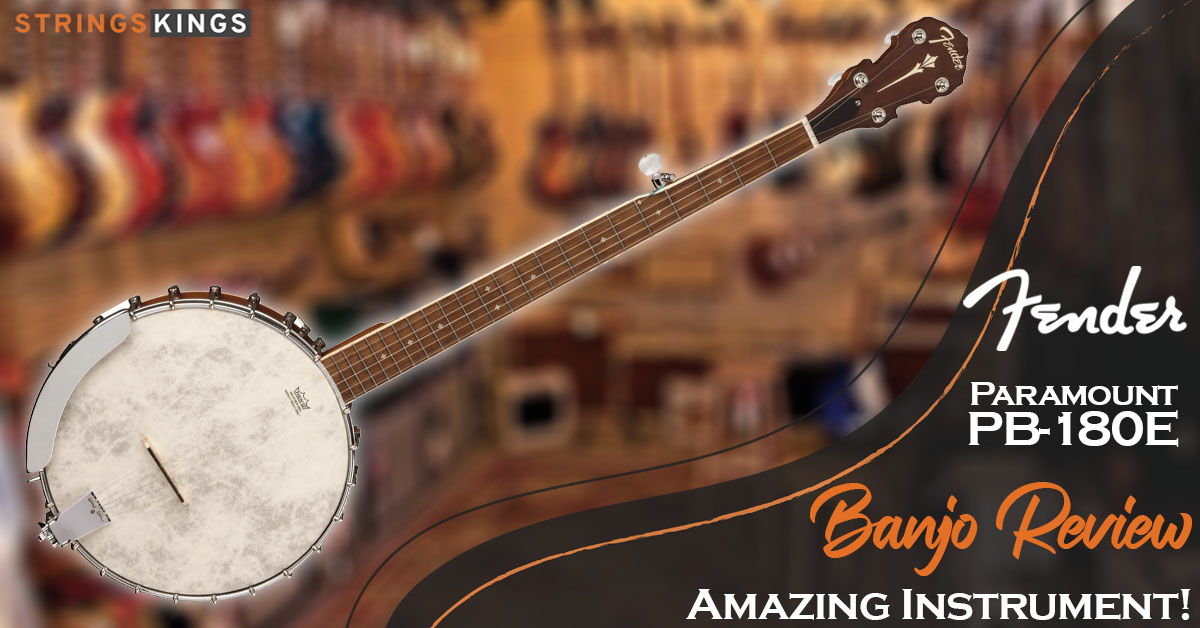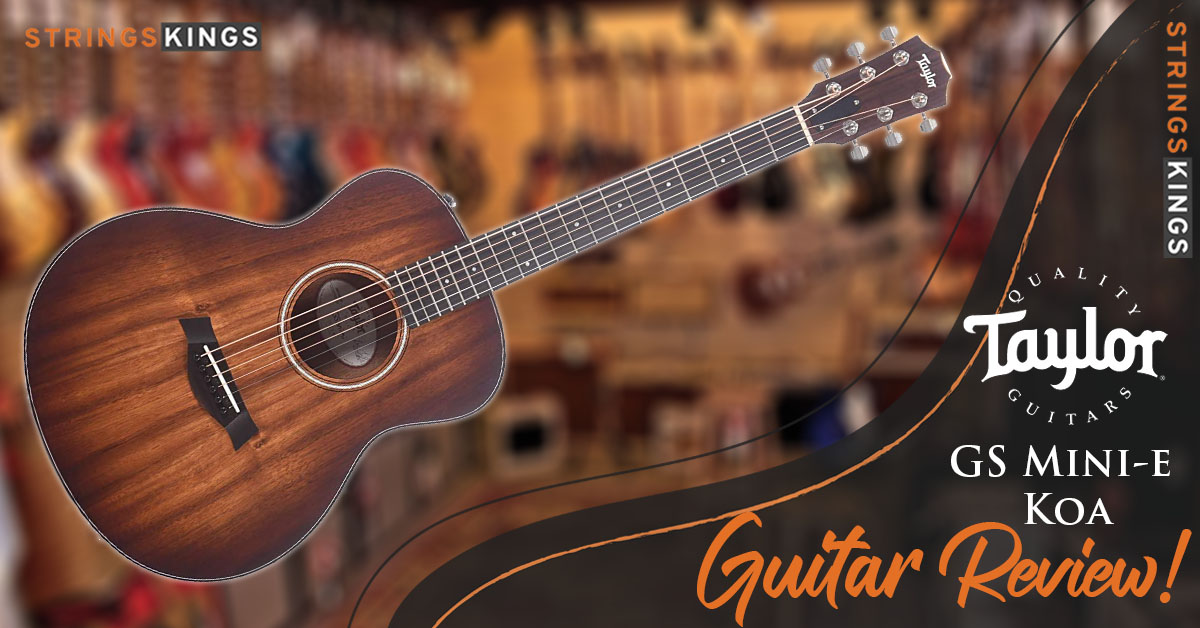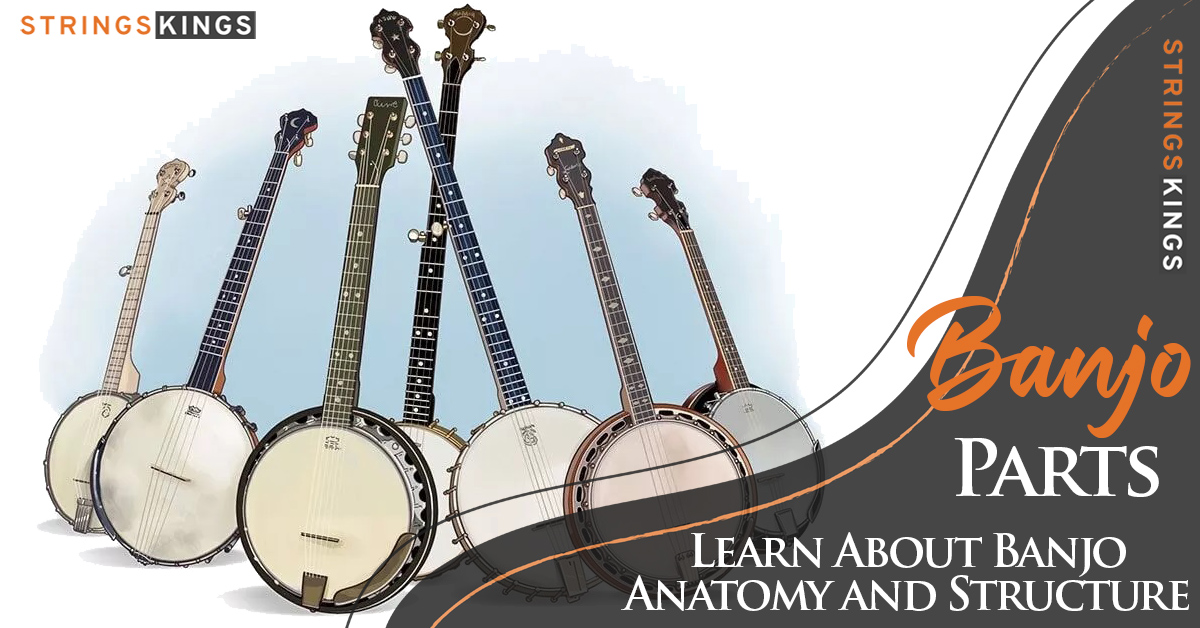Table of Contents
Interesting Facts About The Viola
Violas are stringed instruments that are members of the violin family. However, unlike their more famous cousins, not many people are familiar with them.
This article has everything you need to know about the viola, whether you’re interested in playing one or just curious about it.
The following article will take you through 20 of the most interesting facts about the viola. With that said, let’s get started!
1. Violas provide a great workout for your Arms and Fingers
Compared to violins, violas are only slightly larger, but their weight differs significantly. You can actually strengthen your arms by carrying this extra weight!
Aside from their weight, violas are known for their relatively intricate playing style that works the biceps, triceps, wrists, and fingers.
This is why many parents encourage their children to play the viola as a way to strengthen their arms!
2. Viola Players Are Rare
The viola is often overlooked, so there aren’t many violists. As a result, anyone who learns to play it has fewer competitors and more career opportunities.
3. Viola was introduced between 1530-1550 (16th century)
The history of the viola is closely connected with those of several other violin family instruments.
Originally developed and played in Northern Italy, the modern-day viola dates back to the early 16th century.
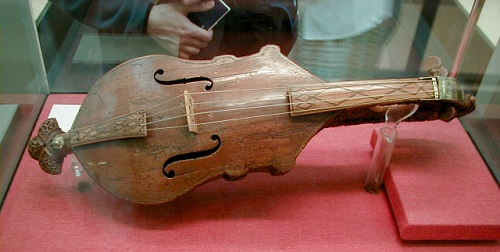
The viola’s history is vague, however, two people contributed largely to its development. Those two are Andrea Amati and Gaspare da Salo, respectively from Cremona and Brescia.
Modern orchestral string instruments have names based on the term viola da braccio, which means “on the arms” and is used to differentiate between violins and violas.
4. In the past, Viola was created differently
The viola is available in several sizes, with many makers still experimenting with their sizes.
Violas used in the past were wider, and larger, and used curved bows that were slightly shorter than modern ones.
5. Viola was played by many Famous Musicians
Despite its unpopularity, the Viola has been played by many famous composers throughout history. Beethoven, Mozart, Bach, Paganini, Dvorak, and Mendelssohn are all included.
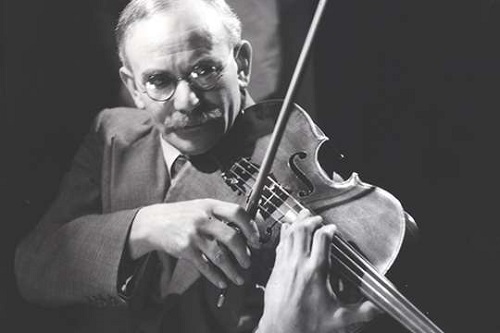
Aside from classical composers, there are many famous viola players too, such as Niccolo Paganini and Jimi Hendrix, who played the viola in the early years of his career.
6. The Viola Can Take Years to Learn
For a beginner to become proficient at playing the viola, it takes anywhere between three to five years to learn from scratch, and about ten years to become fluent.
7. There is something interesting about the design of Violas
Violas are still made in much the same way today as they were in the past.
They’re made from a variety of materials and pieces, which makes them one of the most unique instruments. The sound of the string instrument is maximized by carefully selecting these pieces.
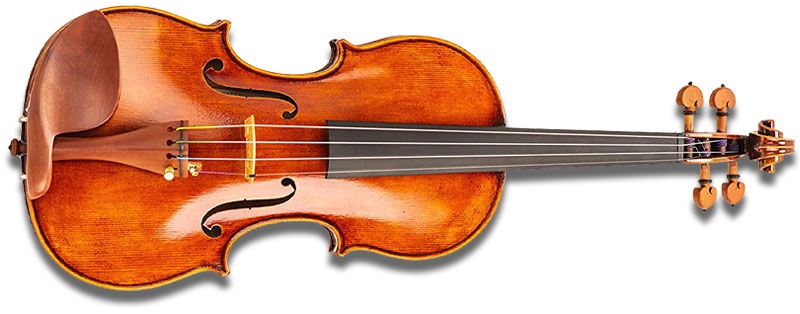
The top of the viola is generally made of spruce, while the neck is made of ebony or maple, similar to the back and neck of the viola.
This instrument is made of ebony and maple, which contribute to its distinctive beauty and strength. Once the pieces have been carved and glued together, they are varnished.
Next, the four strings of the viola are attached, as well as the tailpiece, bridge, and other optional and smaller parts, including the chinrest.
8. Violas Have a Unique Pitch
Violas have an excellent pitch that separates them from other instruments.
Violas have a higher pitch than cellos. Violas have one whole octave higher pitch than cellos and for that reason, they do not produce the mournful effect that can be heard when playing the cello.
However, its pitch is lower than the violin’s (one-fifth below) and its tone is mellower and earthier, which makes it a suitable instrument for achieving harmony between the two.
9. Viola players do not have a specific name
The musical community has distinct names for a lot of players, such as guitarists, pianists, drummers, saxophonists, etc. It appears that the music community hasn’t settled on a specific term to describe a viola player.
Depending on who you ask, they might be referred to as “violists” or “violaists”. Others, however, succumb to the frustration and call them “viola players” to avoid offending either side!
10. Violas Can Be Expensive
The cost of buying a viola is relatively higher than purchasing other string instruments in the same family. Producing these instruments requires years of experience and craftsmanship to perfect the manufacturing process.
In general, a beginner viola should cost anywhere from $100 to $700, and you can typically find them both online and in physical stores.
Although, we would like to point out that this is the entry-level range of violas. One of the most expensive models in the world was sold for $45 million. Stradivarius MacDonald, one of history’s best master luthiers, made this viola.
11. Violas are always included in large ensembles
Even though the viola is not as popular as the violin, its importance cannot be understated. As a matter of fact, the viola continues to be an integral part of many chamber music ensembles and string quartets today.

The Viola Association of Portugal achieved the world record for the largest viola ensemble in March 2011 at the Sala Suggia concert hall of the House of Music (Casa de Musica). With 321 players, the ensemble performed Jean-Loup Lecomte’s “Bratchy Mambo” and Tchaikovsky’s “Dance of the Mirlitons”.
A Brazilian group, which included 661 viola players, achieved the largest viola caipira ensemble in October 2017.
12. Is Viola D’Amore a true viola?
In many cases, instruments that are closely related are bridged by a hybrid instrument which is relatively uncommon. The “viola d’amore” is a hybrid instrument between the violin and viola.
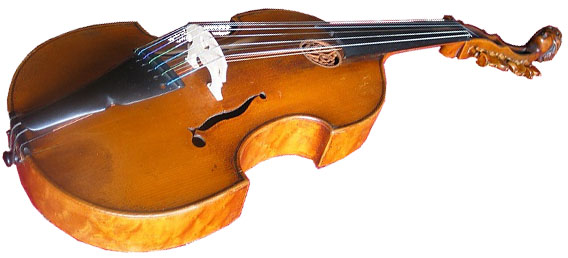
Originally dating back to the 18th century, this instrument belongs to the family of viols, which has nothing in common with the family of violas.
In contrast to the 17th-century instrument of the same name with only five strings, the viola d’amore has multiple sympathetic strings and six to seven melody strings.
13. There are Electric Violas on the market
Almost every string instrument has an electric counterpart, especially the guitar. Interestingly, electric violas are also available!
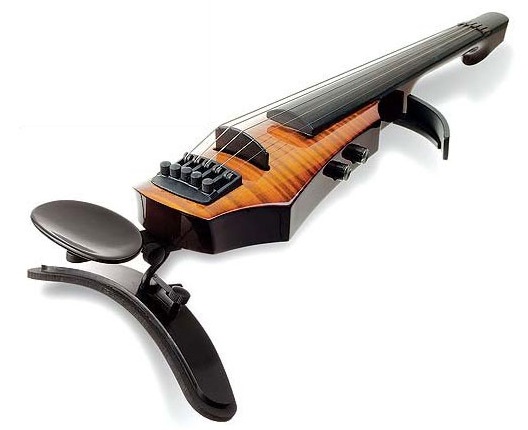
Traditional violas are made of wood and are usually reddish-brown or dark or light brown in color. To make them stand out, electric violas usually have bright colors, such as green, red, or blue.
In addition, plastic is an equally viable alternative to wood when it comes to construction. Electric violas do not require soundboxes since they rely entirely on amplification. Because of this, they’re generally smaller and don’t have soundboxes.
14. A strong reason isn’t needed to learn the Viola
There can be no doubt that learning the viola can be quite challenging for some people. Even if you choose the viola just for the fun of learning and playing the instrument, it is still a good choice.
Violas are classic instruments, and they are an integral part of orchestras regardless. The front desk space in an orchestra is almost always free for a viola player, while violinists fight for theirs!
15. There are many jokes about “Viola”
Music is a rough place sometimes, and the viola gets a lot of jokes when it comes to music. You won’t have to search the internet in order to find one, as viola jokes are a topic covered on Wikipedia under the simple title “viola jokes”.
Violists are usually mocked for selecting a difficult instrument, and jokes about the viola have to do with the instrument being awkward and difficult to play. Alternatively, there are viola jokes that make fun of people who tell them!
16. Clef control
The alto clef is used instead of the treble clef for viola players. There aren’t many other musicians who have to do this. Another exception is the alto trombone.
Starting out as a complete beginner, you don’t really need to worry about it. All you have to do is learn what you need to learn. However, anyone switching from violin to viola – or just about any other instrument at all – will have to learn everything from scratch. On the plus side, all the other musicians will be impressed!
17. Viola over Violin
The viola was the instrument of choice for several of the most famous composers, including Johann Sebastian Bach and Wolfgang Amadeus Mozart.
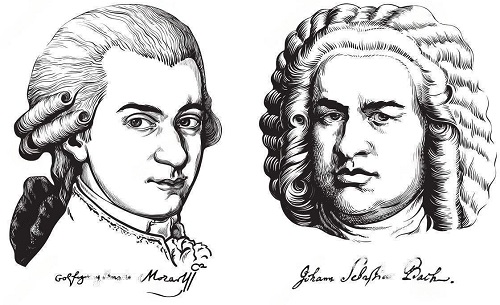
18. Viola in Chamber music
It is important to note that the viola plays an influential role in chamber music.
The six string quintets that Wolfgang Amadeus Mozart wrote, widely regarded as some of the greatest works ever composed, liberated the viola somewhat.
19. Viola and Jazz music
There have been a number of violists in jazz music over the years. From those used in string sections in the early 1900s to the few quartets and soloists emerging in the 1960s.

20. Notable Viola makers in the 20th century
Englishman A. E. Smith, whose violas are highly prized and sought-after, was one of the most prominent viola makers of the twentieth century.
Last Words
These are some of the best and most interesting facts about the Viola instrument that you can find on the internet.
In case you know some other interesting facts about Viola feel free to share them with us.

